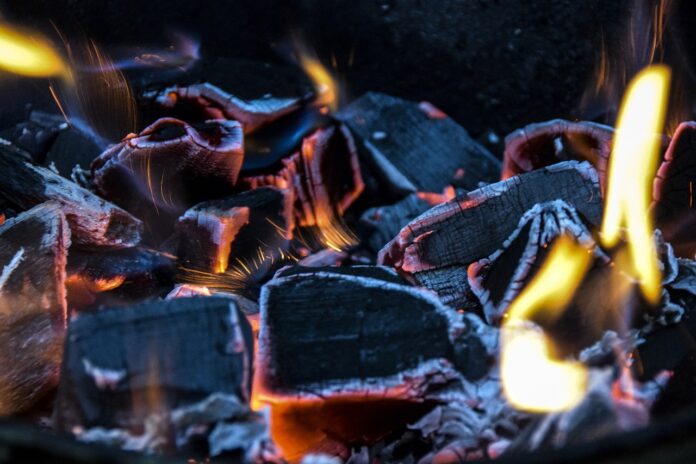Coal is a fossil fuel that formed millions of years ago from the remains of ancient plants. Over time, layers of plant material accumulated in swampy, low-lying areas. As these layers were buried under sediment, they were subjected to heat and pressure, transforming them into peat and, eventually, into coal. The process of coal formation took place over millions of years, during periods such as the Carboniferous era, about 300 million years ago.
Interesting Facts About Coal:
There are different types of coal, classified based on their carbon content and energy-producing potential: lignite (brown coal), sub-bituminous coal, bituminous coal, and anthracite. Anthracite is the highest grade of coal, with the highest carbon content, making it the most efficient for energy production.
The Great Smog of London
One of the most notorious incidents involving coal was the Great Smog of London in 1952. A combination of cold weather, stagnant air, and the widespread burning of coal created a thick, toxic smog that enveloped the city for several days. The smog was so dense that visibility was reduced to just a few meters, and it caused widespread respiratory problems. It is estimated that the Great Smog led to the deaths of around 12,000 people. This event was a turning point in environmental awareness and led to the introduction of the Clean Air Act in 1956, which aimed to reduce air pollution in the UK.
The Coal Wars
The Coal Wars were a series of labor disputes in the United States during the early 20th century, particularly in the coal-rich regions of West Virginia and Kentucky. These conflicts arose from the harsh working conditions in coal mines, where miners worked long hours for low pay in dangerous environments. The miners, often led by labor unions, clashed with coal companies and hired strikebreakers, leading to violent confrontations.
One of the most significant events during the Coal Wars was the Battle of Blair Mountain in 1921, where thousands of coal miners armed themselves and confronted company guards and law enforcement in what became the largest armed uprising in the United States since the Civil War. The battle ultimately ended with federal intervention, but it highlighted the intense struggle for workers’ rights in the coal industry.
The Sago Mine Disaster
On January 2, 2006, an explosion occurred in the Sago Mine in West Virginia, trapping 13 miners underground. After nearly two days of rescue efforts, only one miner was found alive, while the others perished due to carbon monoxide poisoning. The Sago Mine disaster drew national attention to the safety conditions in coal mines and led to increased scrutiny and regulation of the mining industry. It also highlighted the dangers that miners face daily and the need for improved safety measures.
The Disappearance of Coal Towns
Throughout the 20th century, as coal mines closed due to depletion of resources or shifts in energy production, many coal towns—communities built around the coal mining industry—were abandoned or significantly reduced in population. These “ghost towns” can be found in various parts of the world, from the Appalachian region of the United States to remote areas in Europe and Australia. The decline of these towns reflects the changing landscape of energy production and the economic impacts of transitioning away from coal.
The Tragedy of Aberfan
In 1966, a coal waste tip (a pile of waste material from mining) collapsed in the Welsh village of Aberfan, burying a primary school and several houses. The disaster claimed the lives of 144 people, including 116 children. The tragedy shocked the world and led to major changes in the regulation of coal waste management. The Aberfan disaster remains a poignant reminder of the potential dangers associated with coal mining and the importance of stringent safety measures.
- Coal and Electricity: Despite the decline in coal use in some countries, it still accounts for about 27% of the world’s electricity generation, especially in countries like China and India, where coal remains a primary energy source.
- Coal Mining Techniques: There are two main methods of coal mining: surface mining (also known as open-pit or strip mining) and underground mining. Surface mining is used when coal deposits are close to the surface, while underground mining is used for deeper deposits.
- Coal and Health: Coal mining and burning have significant health impacts, particularly in regions with heavy reliance on coal. Coal miners are at risk of developing black lung disease, a chronic illness caused by inhaling coal dust.
- Coal Exports: Australia is one of the world’s largest exporters of coal, supplying countries like China, Japan, and South Korea. Coal exports are a major contributor to Australia’s economy.
- Coal Ash: The combustion of coal produces coal ash, a byproduct that contains toxic substances like mercury, arsenic, and lead. Managing and disposing of coal ash is a major environmental challenge.
